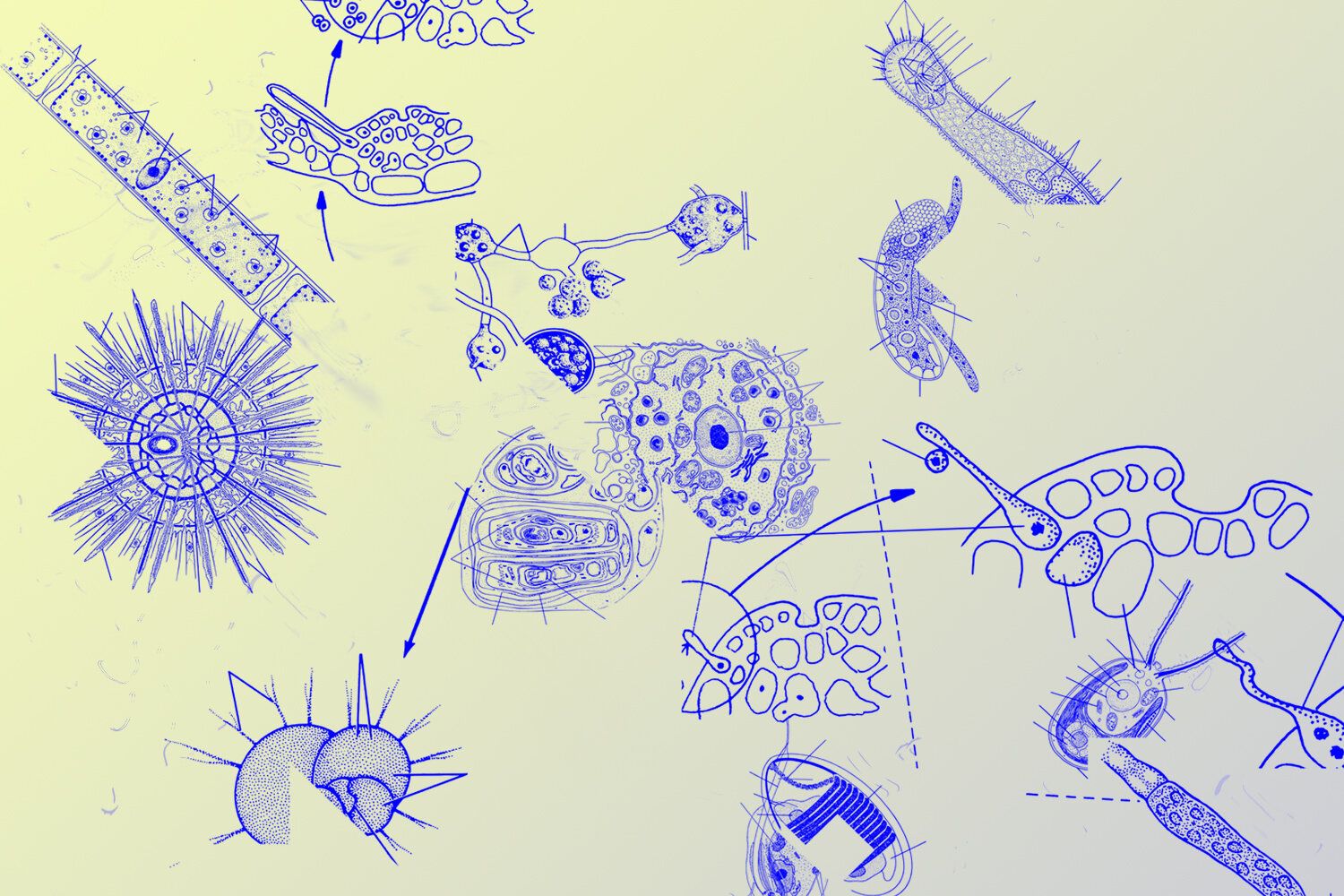

Micro-(bial) Tenancies
110% (Kieran Bryant, Beth Dillon + Lachlan Herd), Beth Sometimes, Debris Facility Pty Ltd, Sarita Gálvez, Stefanie Hessler, Kate Hill, Isadora Vaughan
24 Feb–13 Mar 2021
Micro-(bial) Tenancies was a multi-platform project delivered through an evolving and staggered program of conversations, events and material incubations and interrogations online 18 Dec 2020 – 31 Mar 2021 and on-site at Blindside 24 Feb – 13 Mar 2021.
Through an expanded view to microbial processes of disease and fermentation, Micro-(bial) Tenancies centred feminist and queer practices concerned with ethics and gestures of hospitality. The always aporetic term hospitality, as Jacques Derrida points out, shares a close etymological and philosophical terrain with its seeming contra-term hostility. From this troubled premise, this project aimed to facilitate a decentred approach to host/guest relations within a multi-site exhibition context, in considering the micro-tenancies and transgressions of bodies—broadly defined—in times of crisis.
PART I :: MATTER LIAISON ≈ Debris Facility Pty Ltd
PART II :: TEXTUAL TRACT ≈ Abbra Kotlarczyk
PART III :: PROTRACTED HOSPITALITY ≈ Kate Hill & Sarita Gálvez / Amy Jane Parker & Brighid Fitzgerald
PART IV :: ARTIST AS HOST ≈ Isadora Vaughan & 110% @110.percent
PART V :: MICRO-DISPATCHES ≈ Beth Sometimes
PART VI :: PARA-SITE ≈ Stefanie Hessler + Diana Policarpo and Jenna Sutela
Micro-(bial) Tenancies was curated by Abbra Kotlarczyk for Blindside’s annual Emerging Curator Mentor program, under the guidance of curator Kyla McFarlane. The Emerging Curator Mentor program is focused on curatorial research and the development of an exhibition at Blindside. Blindside gratefully acknowledges the support of the City of Melbourne through its Arts and Culture Triennial Program. Blindside is supported by the Victorian Government through Creative Victoria.
Abbra wishes to acknowledge that this project has developed on the unceded lands of the Woiworung (Coburg, VIC), Gadubanud (Kennet River, VIC) and Gundungurra (Tallong, NSW) people. She respectfully acknowledges the traditional custodians of these lands, waterways and skies as the inherent carers for Country; custodians who continue to connect and practice the world’s oldest known and continuous living culture. She offers deepest respects to Elders past, present and emerging.
In acknowledging the importance of guidance and critical interrogation in pedagogical processes of becoming, Abbra would like to thank Kyla McFarlane for her attentiveness, enthusiasm and support in the development of this project. And wish to thank Blindside for their ongoing support of emergent arts practitioners, especially in light of recent and enduring government inadequacies regarding the essential role of the arts within broader ecologies and economies of so-called Australia.








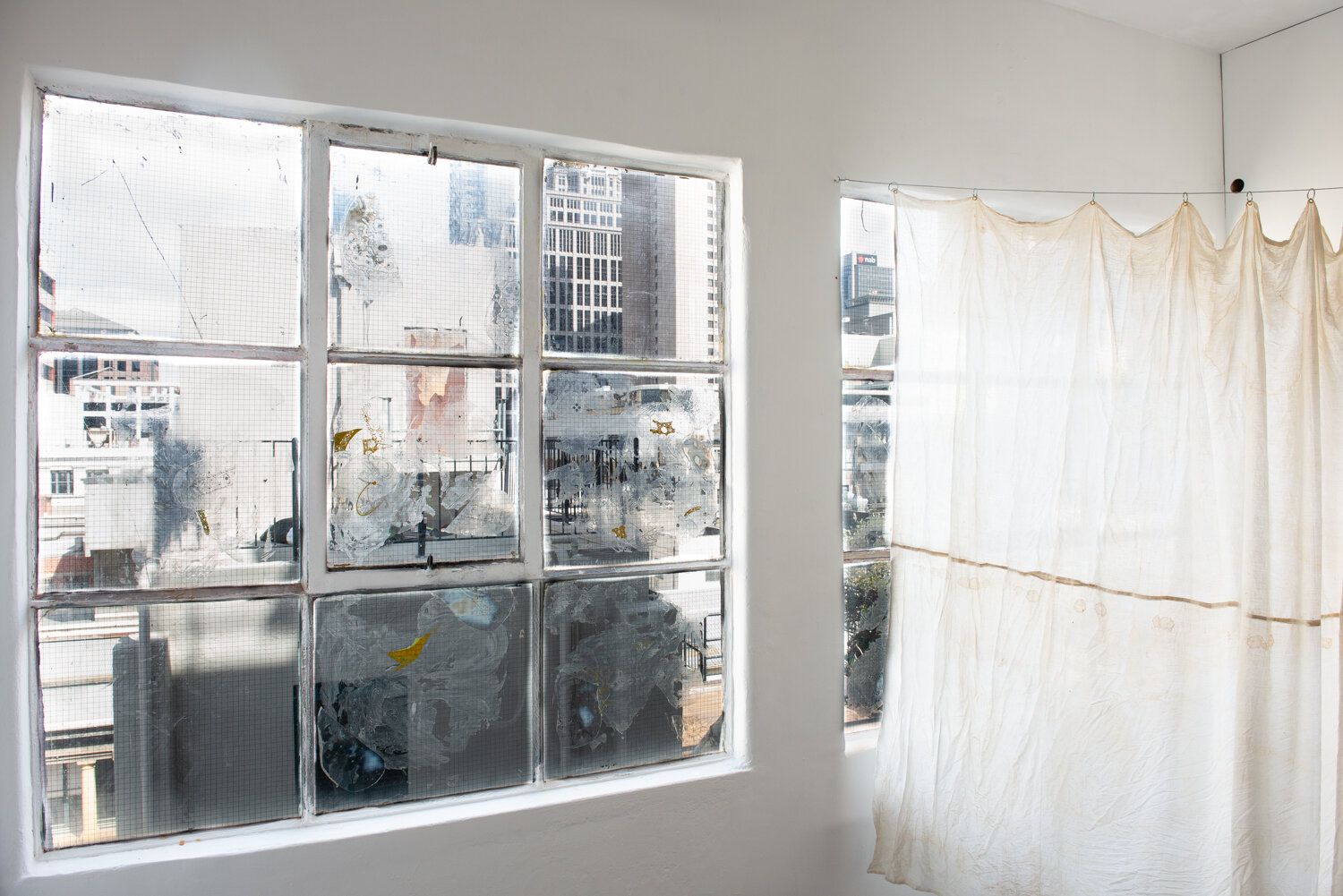

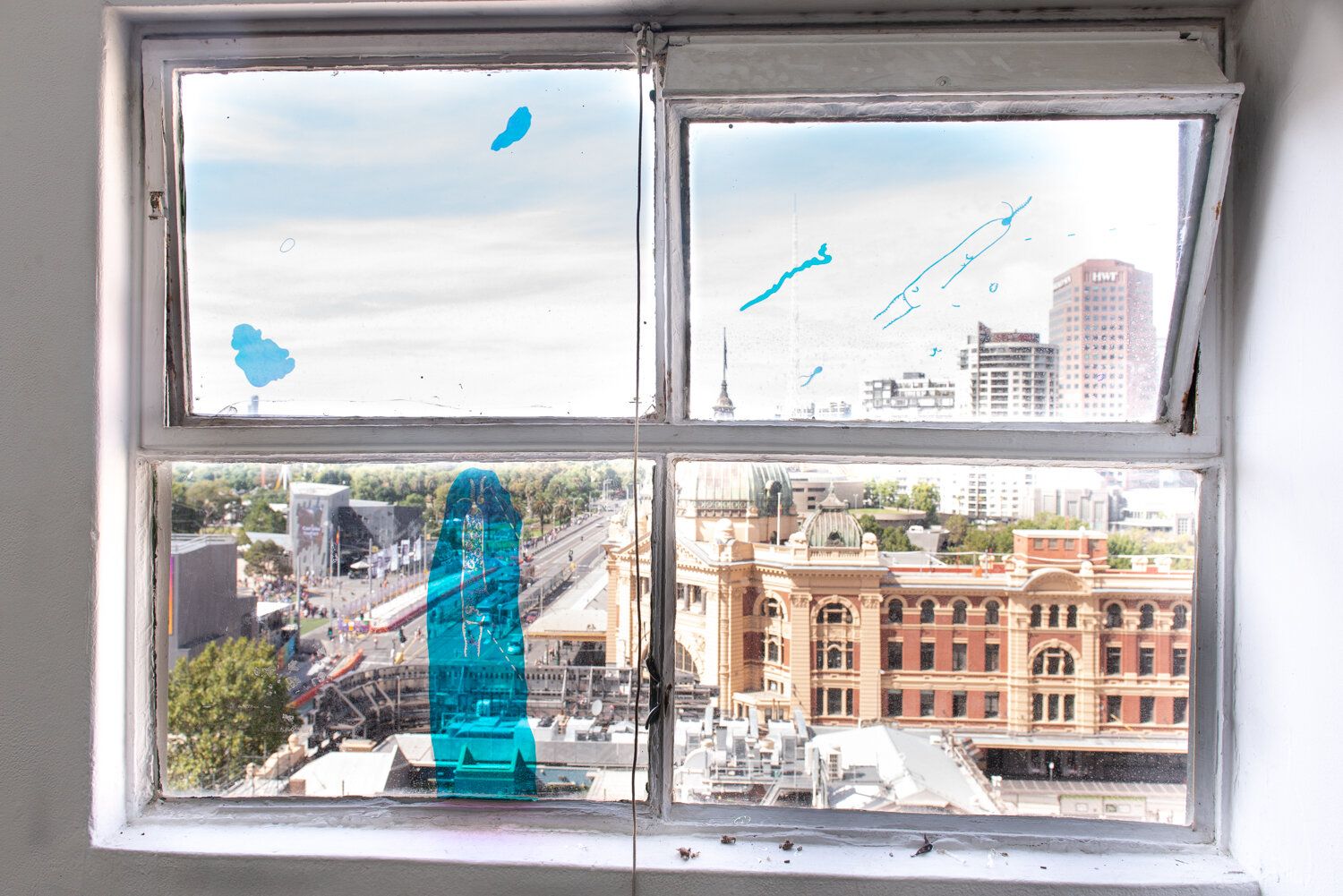

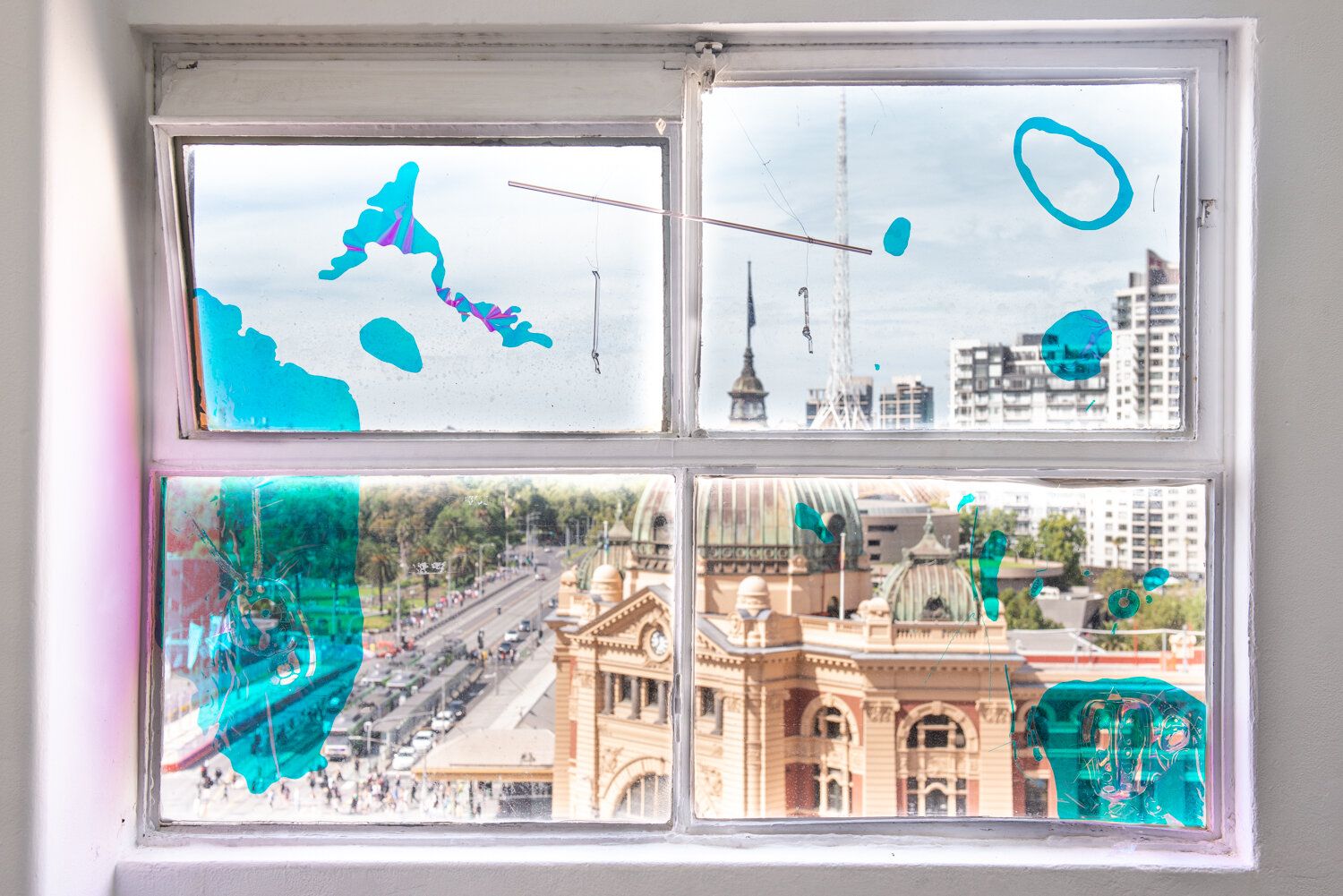

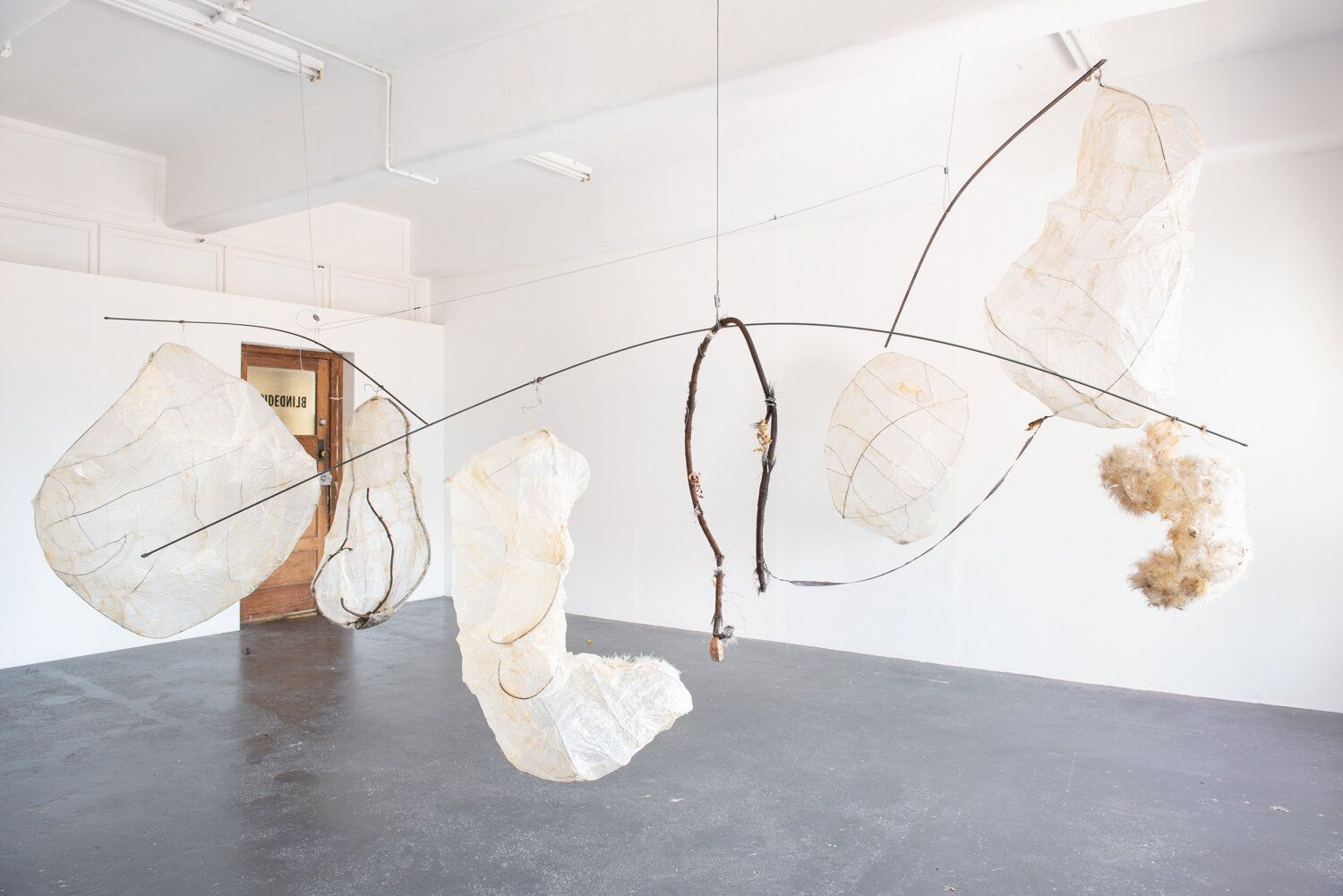

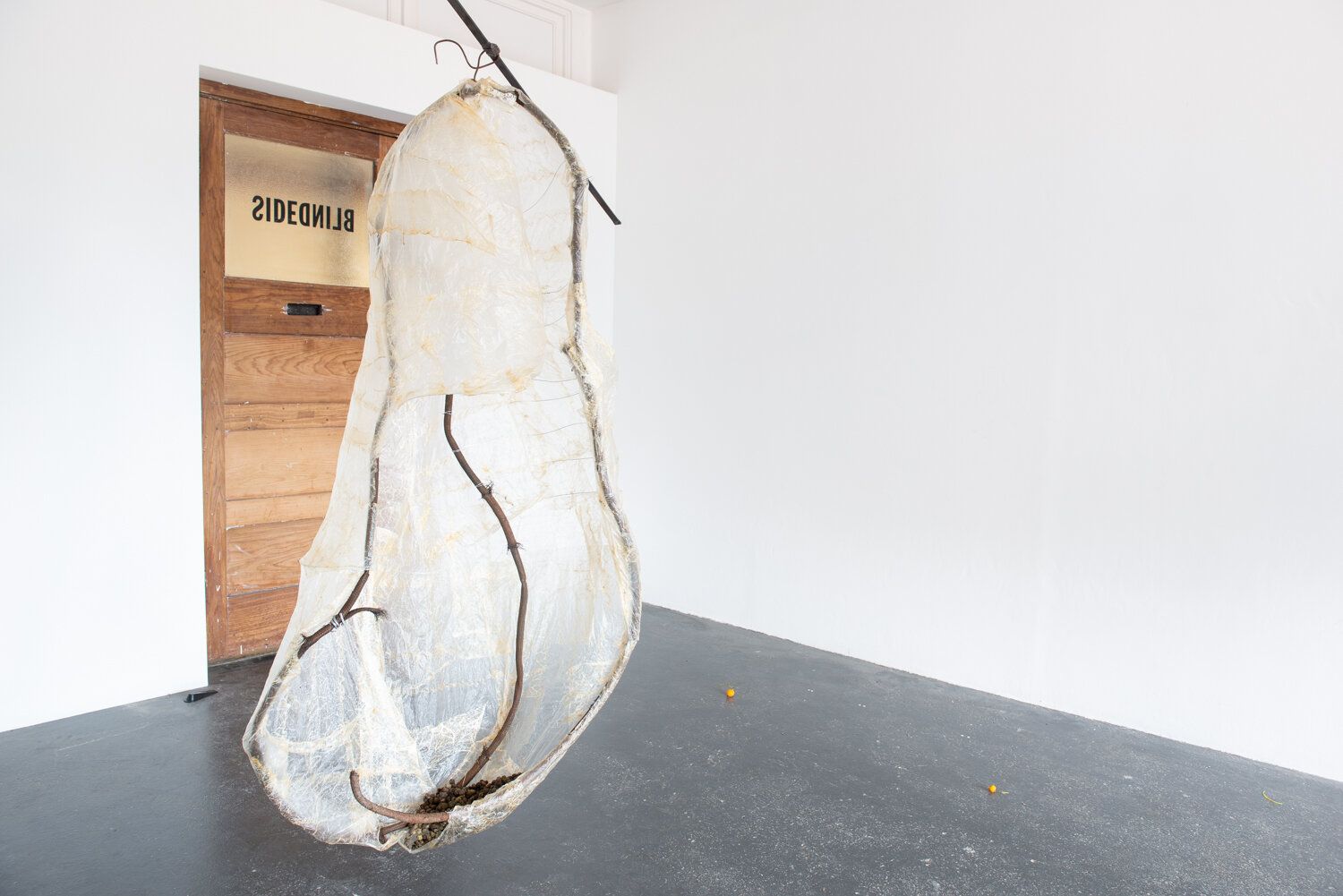







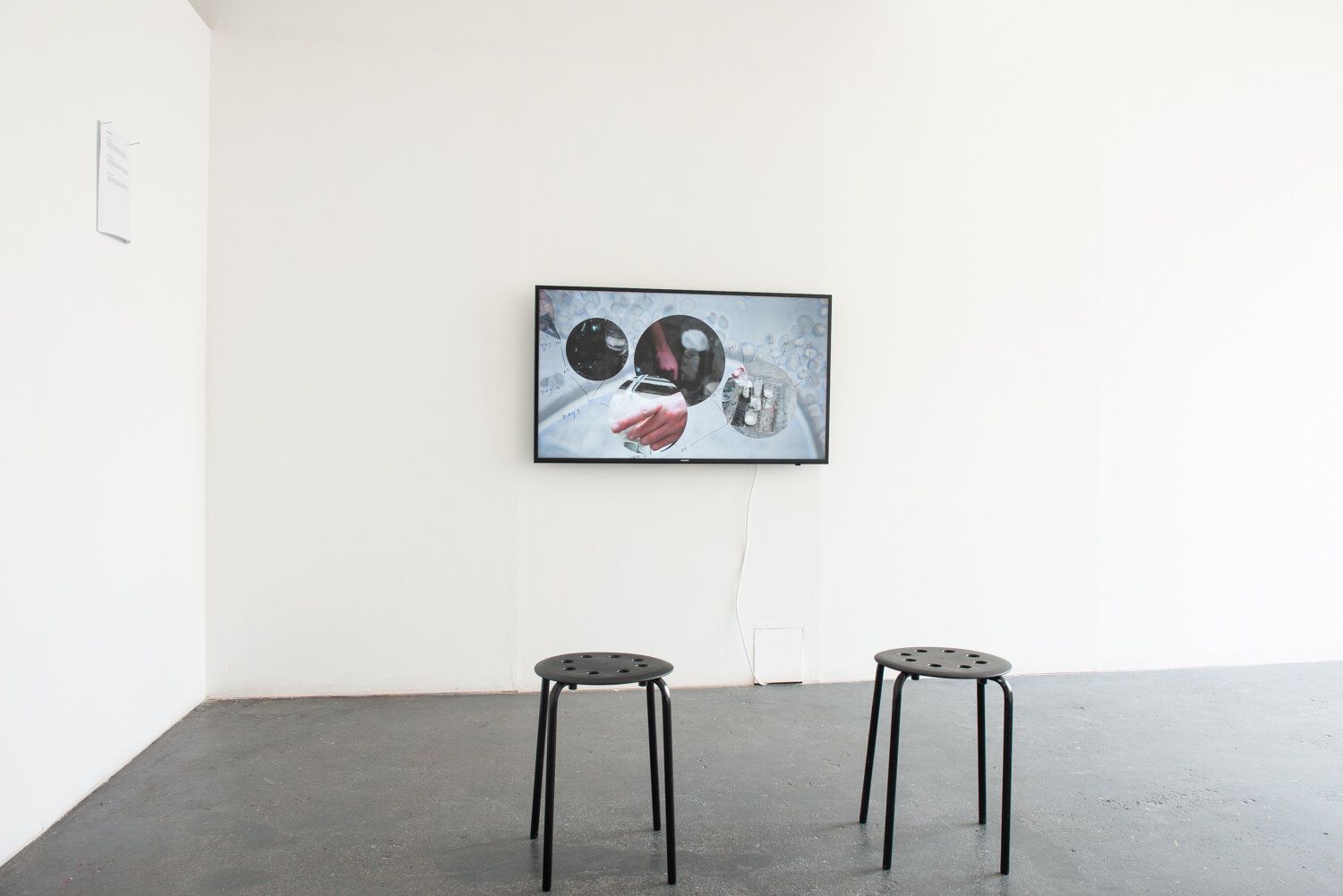





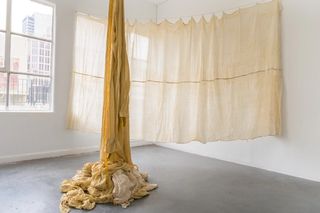



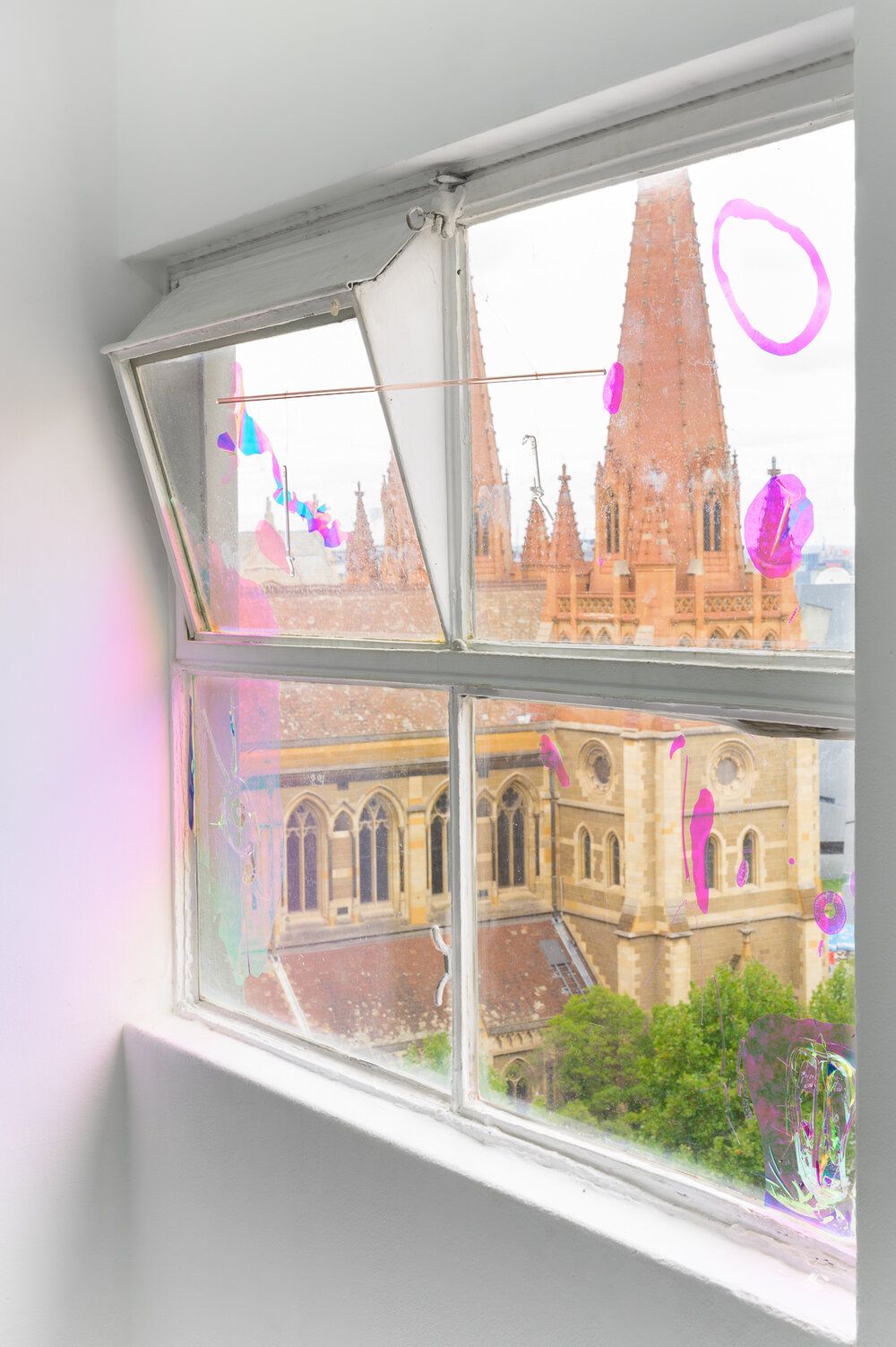



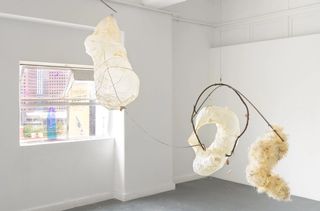









Blindside Emerging Curator exhibition: Micro-(bial) Tenancies was a multi-platform project delivered through an evolving and staggered program of conversations, events and material incubations and interrogations
This program takes place on the land of the Wurundjeri people of the Kulin Nation. We recognise that sovereignty was never ceded - this land is stolen land. We pay respects to Wurundjeri Elders, past, present and emerging, to the Elders from other communities and to any other Aboriginal or Torres Strait Islanders who might encounter or participate in the program.
110% (Kieran Bryant, Beth Dillon + Lachlan Herd)110% (Kieran Bryant, Beth Dillon + Lachlan Herd) are emerging artists currently based between Australia and Switzerland who create site-responsive works of live performance, video, installation and sculpture. Their collaboration stems from the intimacy and playfulness of friendship, and continues to grow through conversation, humour, and mutual care. Their practice has developed from a shared interest in amateur choreographies of the body in space; the aesthetics of uniformed labour; and modes of hosting and participation in performance. Previous works have investigated competitive cultures of positive thinking; explored the relationship between art appreciation and the pursuit of leisure; tested the dynamics of artist-audience relationships; and considered the impact of long-distance separation on collaborative practice and motivation. 110% often stage interventions that play with the presentation of performance in festival, fair and gallery contexts. These interventions may take the form of an interruption, an invitation, an oasis, a sweaty mess.
Beth Sometimes is a Pākehā artist, interpreter/translator and language worker from Aotearoa living in Arrernte Country. She works regularly with Arrernte and Pitjantjatjara people across a range of projects, collaborating to invigorate language and song knowledge. She is interested in language care and land care and the associated interrogation of coloniality and extractive relations. Together with Central Arrernte people, she produced Apmere Angkentye-kenhe (A Place for Language) from 2016-2020. Beth locates her practices and labours in and around Watch This Space artist run initiative and is part of a network of caretakers there. In 2020 she was gifted a microscope which is assisting her to think with tiny beings and the questions they present us with.
Debris Facility Pty LtdDebris Facility is a para-corporate entity who engages im/material contexts with the view to highlight and disrupt administrative forms and their embedded power relations. Deploying print, design, installation, and wearables as the most visible parts of operations, they also work in experimental pedagogy and expanded performance through labour. They are a white-settler and acknowledge theft and dispossession as the implicated ground from which they work. They currently hold contracts with Liquid Architecture, Victorian College of the Arts, Monash University and Debris Facility Pty Ltd.
Sarita Gálvez is a Chilean/Australian educator, artist and mother living in the unceded lands of Ilwempe Ilwempe on Arrernte country. She was recently awarded a PhD in Education at Monash University. As a mestizx woman, i.e. with mixed Indigenous and Spanish heritage she investigates the representation of First Nations knowledges and practices in her work and how she can learn with young people from the Traditional Custodians to care for the lands and waters she and her family inhabit as uninvited guests. In 2019 she was awarded a grant from the Victorian Government to conceptualise and coordinate an interdisciplinary Creekulum along the Merri Merri Creek. Nowadays, she is committed to her family-artist practice through Galambitxs, she and her partner Bryan are homeschooling their children in deep collaboration with them as co-designers of a family curricula. They learn together how to practice care for land and water and sky as they question and resist the ongoing colonial force of the Australian and Chilean nation states.
Stefanie Hessler is a curator, writer and editor. Her work focuses ecologies, technology and expanded definitions of life and non-life from an intersectional feminist perspective. Recent curatorial projects include “Down to Earth” at the Gropius Bau/Berliner Festspiele in Berlin (2020); “Joan Jonas: Moving Off the Land II” at the Museo Thyssen in Madrid (2020); the 6th Athens Biennale (2018); and the symposium “Practices of Attention” at the 33rd Bienal de São Paulo (2018). She has edited books like Tidalectics. Imagining an Oceanic Worldview through Art and Science, published by The MIT Press (2018). Her monographic book Prospecting Ocean was published by The MIT Press and TBA21–Academy in 2019. Hessler is visiting research scholar at Westminster University in London and curator of the 17th MOMENTA Biennale in Montreal (2021) titled “Sensing Nature". Since 2019, she is the director of Kunsthall Trondheim in Norway, where she recently curated a solo exhibition by Jenna Sutela and is currently working on the research and commissions-based exhibition “Sex Ecologies” together with The Seed Box environmental humanities collaboratory.
Kate Hill (based Naarm/Melbourne) maintains an installation and research based practice that draws on materials and processes connected to ceramics—earth, clay, water and fire—as matter to explore place based narratives in particular sites. Kate completed a Bachelor of Fine Art at RMIT in 2010, and a Masters of Community Cultural Development at Victorian College of the Arts in 2014 where she was awarded the Jim Marks Postgraduate Scholarship. Kate has undertaken residencies and site-based research in regional and urban Australia and is a current PhD candidate with the Faculty of Fine Art at Monash University, where she is further exploring the politics of land use.
Isadora Vaughan is a Naarm/Melbourne-based sculptor with a research-driven practice informed by interests in material intelligence and the interdependence of human and non-human life. Vaughan’s immersive environments and sculptural language are characterised by the tension between materiality and form, as well as an urgency to find ways of making that are simultaneously productive, resourceful, enveloping and unsettling.
Abbra Kotlarczyk (based Naarm/Melbourne) maintains a research-based practice that is articulated through modes of conceptual art making and writing of criticism, poetry and prose. She is a freelance academic editor for socially-engaged artistic research and practice as well as an independent curator. Her practice is hinged on visual and linguistic inquiries that often take place trans-historically through expanded notions of care, queerness, publication, citizenry and embodied poetics.
Born 1984, Mullumbimby, Arakwal country, so-called Australia.
Lives and works in Naarm/Melbourne, so-called Australia.
Kyla McFarlane is Curator Academic Programs (Research) at The Ian Potter Museum of Art, University of Melbourne. She has worked both independently and held key curatorial positions at the Centre for Contemporary Photography, Melbourne and Monash University Museum of Art, Melbourne. McFarlane has written and curated extensively on visual art in Australasia, with a particular emphasis on lens-based, performative and feminist practice. Prior to joining The Ian Potter Museum of Art she was Acting Curatorial Manager, Australian Art at Queensland Art Gallery & Gallery of Modern Art, Brisbane and in 2014 she was an Asialink Arts resident in Singapore.
Related
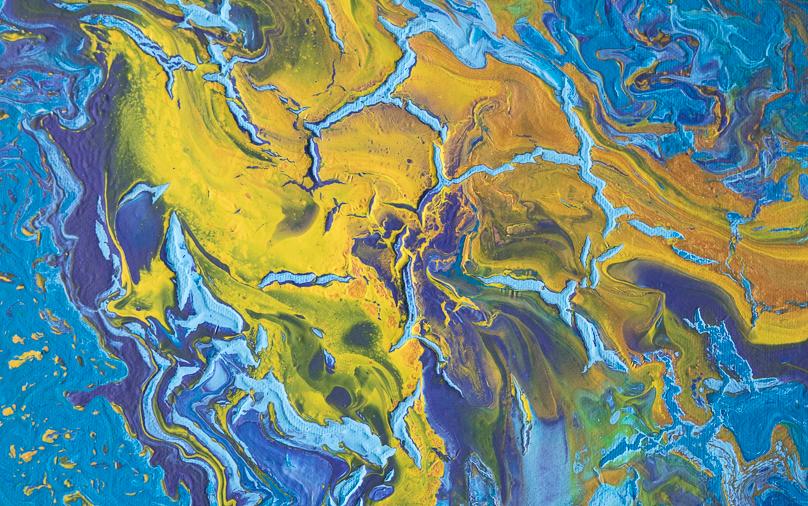
8–18 Dec 2021
Flow
Zia Atahi, Aida Azin, Tessa-May Chung, Leonie Leivenzon, Michael Tuhanuku, Maya Hodge, Luke Patterson, John Oh
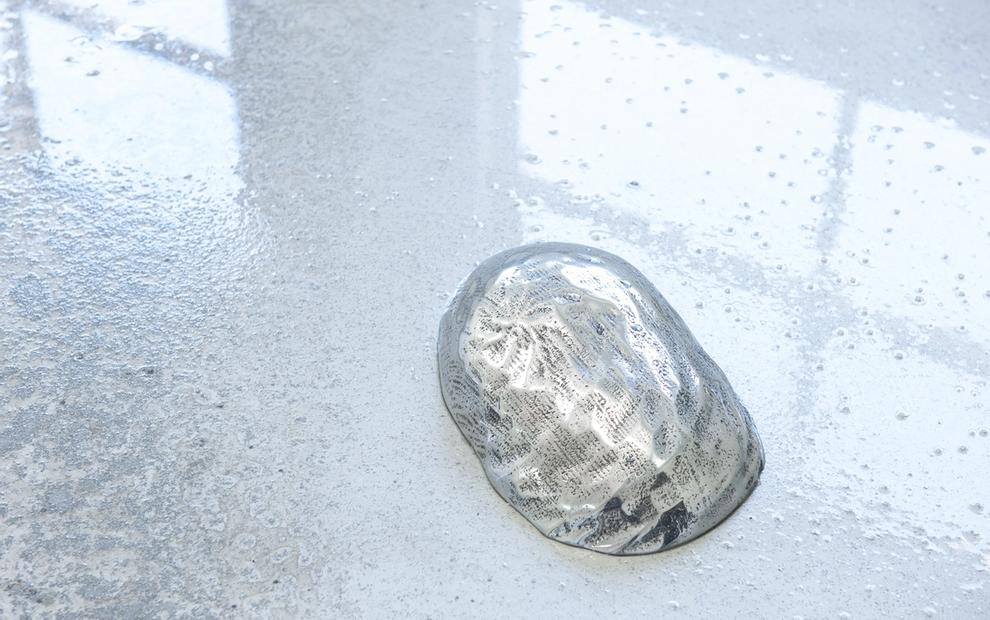
5–20 Dec 2019
Connecting in the Grey Zone
Jess Gall + Rebecca Jensen, Arini Byng, Eugene Choi, Ivey Wawn, Angela Goh, Isabella Hone-Saunders, ie.-bs
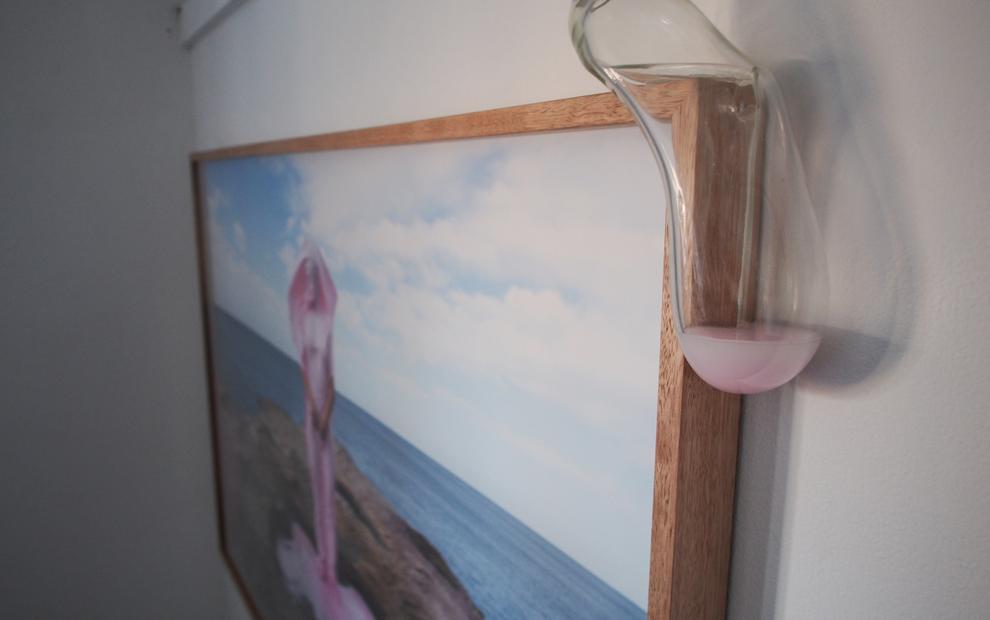
5–21 Dec 2018
Anticipation is Half of the Seduction
Helen Grogan, Christopher Boots, Shannon May Powell, Honey Long + Prue Stent, Kathleen Campone, Isabella Whāwhai Waru, Euphemia Russell
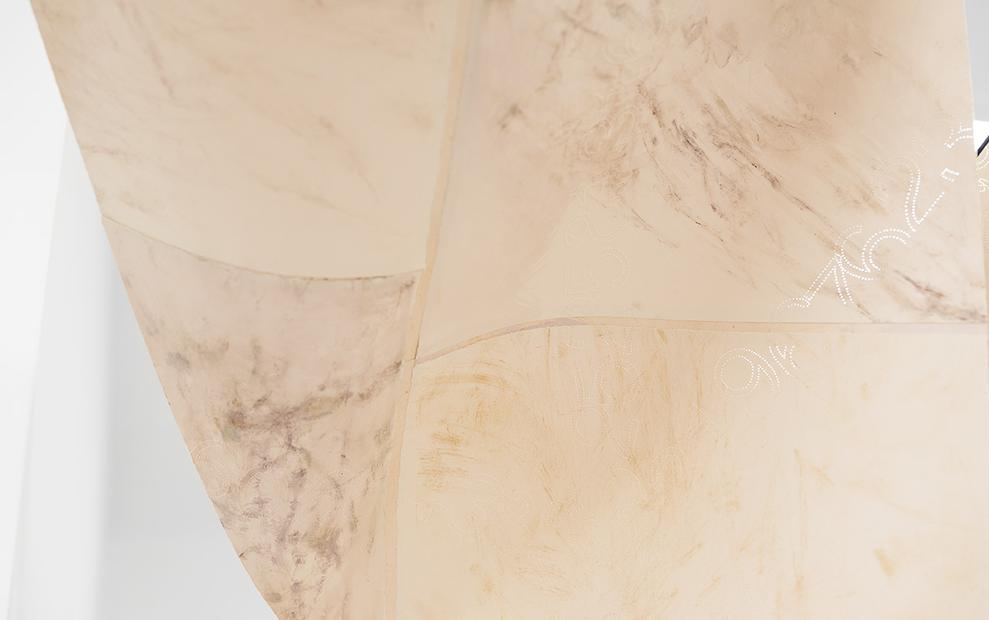
30 Jun–7 Aug 2021
A sonorous draft; a lexicon of windjamming
Abbra Kotlarczyk, Benjamin Woods
























